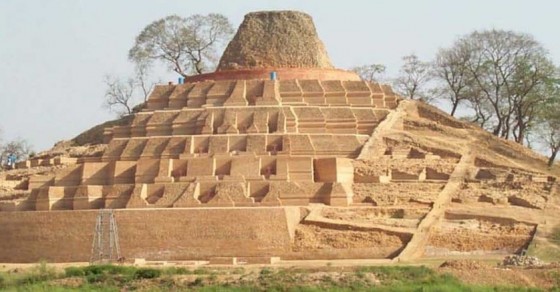Champaran: A Land of Revolution and Heritage


Introduction
Champaran, located in the north-western part of Bihar, is not just a geographical region but a symbol of India’s struggle for independence. Divided into two districts—East Champaran (Motihari) and West Champaran (Bettiah)—this region holds immense historical, cultural, and agricultural importance.
Historical Significance
Champaran Satyagraha
The most notable event in Champaran’s history is the Champaran Satyagraha of 1917, which marked Mahatma Gandhi’s first civil disobedience movement in India. Gandhi arrived in Champaran to support the plight of indigo farmers, who were being forced to grow indigo under oppressive conditions by British planters.
His successful non-violent protest led to the abolishment of the Tinkathia system, which exploited peasants. This event became a turning point in India’s freedom struggle and gave rise to a new wave of political awakening in the country.
Cultural Heritage
Champaran boasts a rich and diverse culture influenced by Bhojpuri and Maithili traditions. Folk songs, dances, and festivals such as Chhath Puja, Holi, and Diwali are celebrated with great enthusiasm.
Temples, ancient ruins, and colonial-era buildings in Motihari and Bettiah reflect the area’s historical depth.
Major Places to Visit
1. Gandhi Memorial, Motihari
A stupa and museum built to commemorate Mahatma Gandhi’s visit and the Champaran Satyagraha.
2. Bettiah Raj Palace
The seat of one of the oldest zamindari estates in Bihar, showcasing Indo-European architectural style.
3. Kesariya Stupa
Located near Motihari, it’s one of the largest Buddhist stupas in the world, believed to have been built by Emperor Ashoka.
4. Valmiki Nagar
A serene town along the Gandak River, home to Valmiki Tiger Reserve, one of Bihar’s only tiger habitats.
Economy and Agriculture
Champaran is an agricultural hub. The fertile alluvial soil supports the cultivation of sugarcane, wheat, paddy, and pulses. The region also has numerous sugar mills and agro-based industries.
Valmiki Tiger Reserve
Located in West Champaran, the Valmiki Tiger Reserve is home to tigers, leopards, elephants, and many bird species. It’s a biodiversity hotspot and a popular spot for eco-tourism and wildlife photography.
Conclusion
Champaran is not only a historical landmark but also a living example of cultural richness and ecological beauty. From the legacy of Mahatma Gandhi to the roars of tigers in Valmiki Reserve, Champaran is a land that every Indian should know about.
